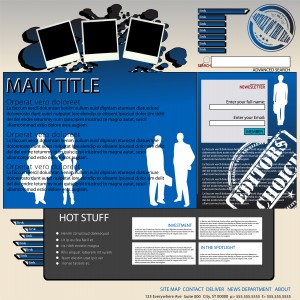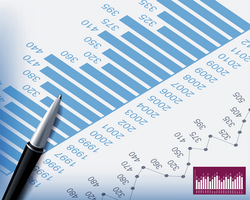 The time when content was the ultimate king of online marketing has passed! With so many different avenues to reach out to your potential customers, simply stringing together interest information is not enough. The next level of marketing is here: Context.
The time when content was the ultimate king of online marketing has passed! With so many different avenues to reach out to your potential customers, simply stringing together interest information is not enough. The next level of marketing is here: Context.
Technically, context is a framework surrounding a situation, be it circumstances or events. This holds true in absolutely anything – giving a speech to a full house or preparing a meal for an occasion. If done out of context, the entire thing can spell disaster. Hence the context in which you are presenting your product is equally, if not more important than the details.
The key to getting context marketing right is finding the right forums. Clients are smart enough to avoid overly enthusiastic and blatant advertising gimmicks. They switch to other forums such as Netflix to avoid advertisements. Once you discover such places and their context, your marketing will be more effective. Writing long explanations on Twitter (over a number of tweets) is tedious and out-of-place. The medium can be cleverly manipulated by providing responses and using hashtags, a system unique to the environment and fitting its context.
Context marketing adds more depth to your relationship with your customers as opposed to simply mailing off a list of generic information to everyone. When you have context, you can send more personalized and relevant marketing content. It makes your efforts appear more genuine and move beyond mass marketing.
Content marketing will bring you up to a certain point with essential information and attractive presentation, but increasing its effectiveness and reach comes only with context. When presented correctly and within the right framework and time, your sales will definitely go up.
The easiest ways to tweak your content according to context is dynamic calls-to-action (CTA). Dynamic CTAs adjust depending on who is visiting the page, where it automatically aligns with the stage of the customer in the sales cycle. You can expand this approach to include smart forms. Smart forms already know if the customer has filled out certain fields on your landing page. They provide a great avenue to find out new information rather than making the customer repeat the same input again.
These tiny improvements can go a long way in ensuring the effectiveness of your marketing. Content is now only the raw material; its distribution, presentation according to the context and environment will really give you an edge over all the other common marketing strategies.





